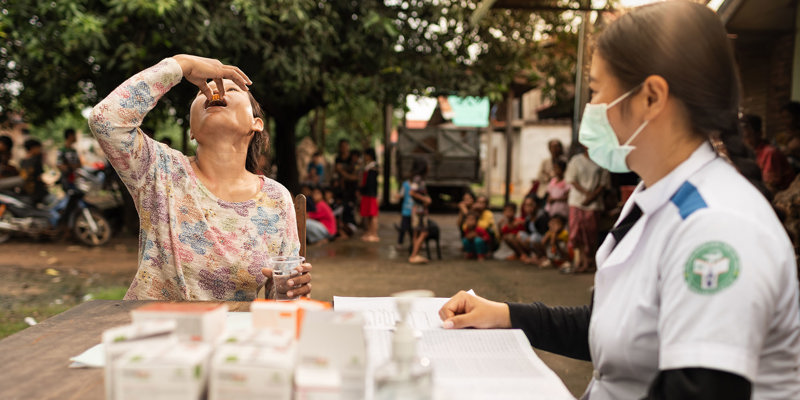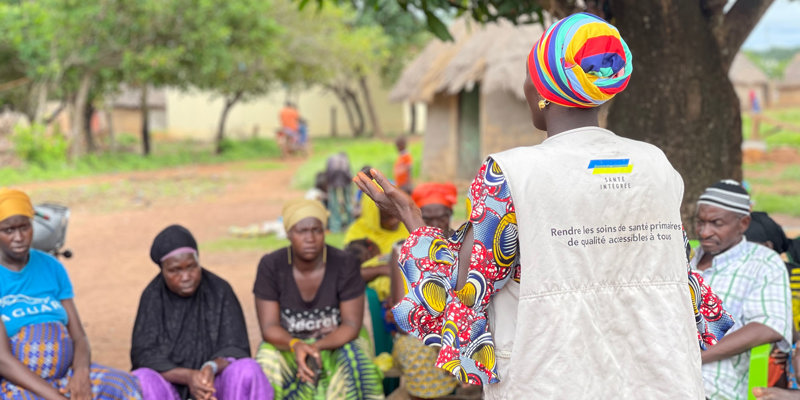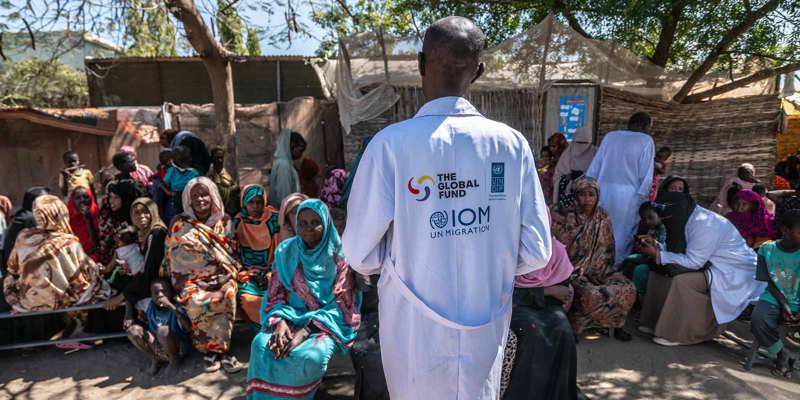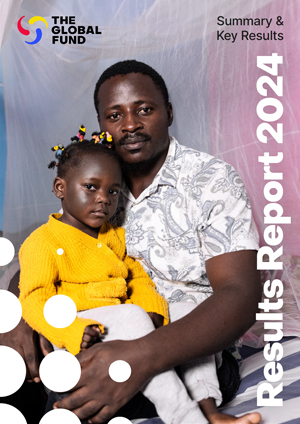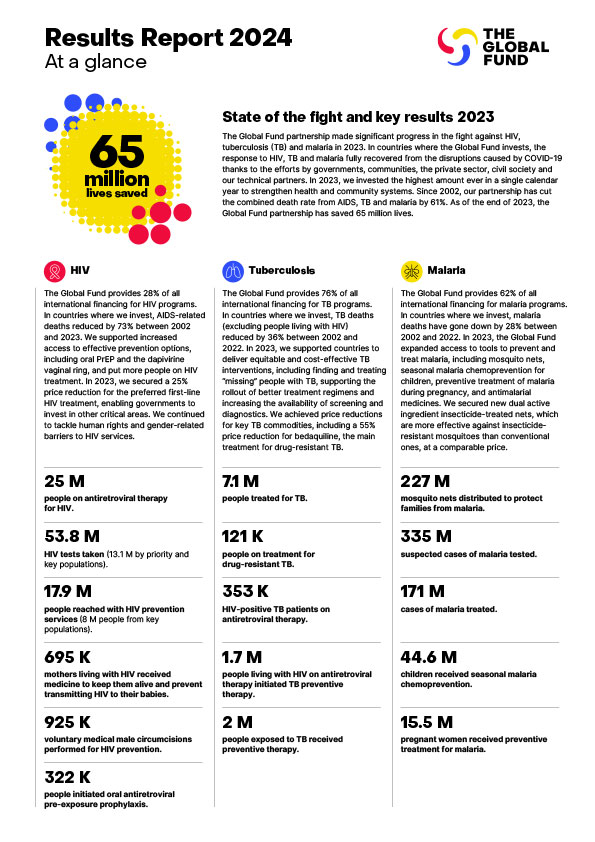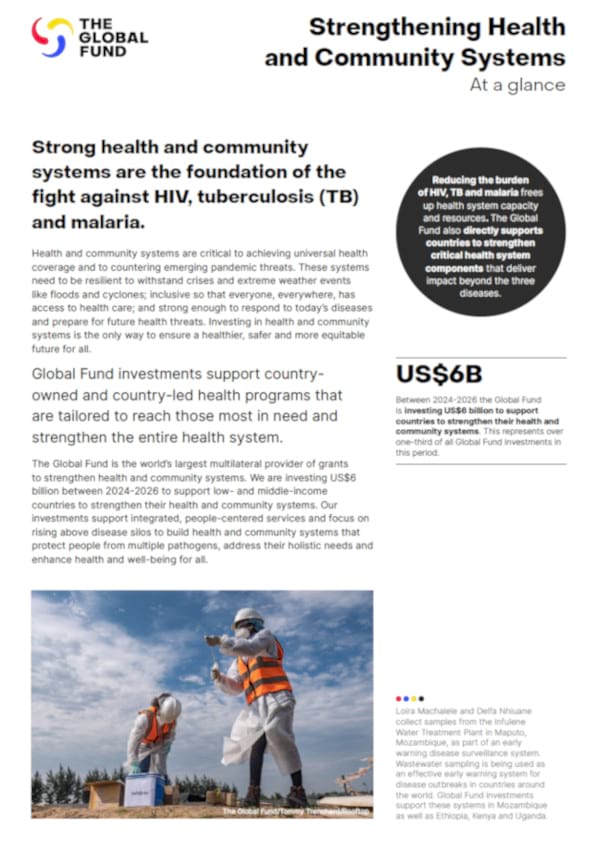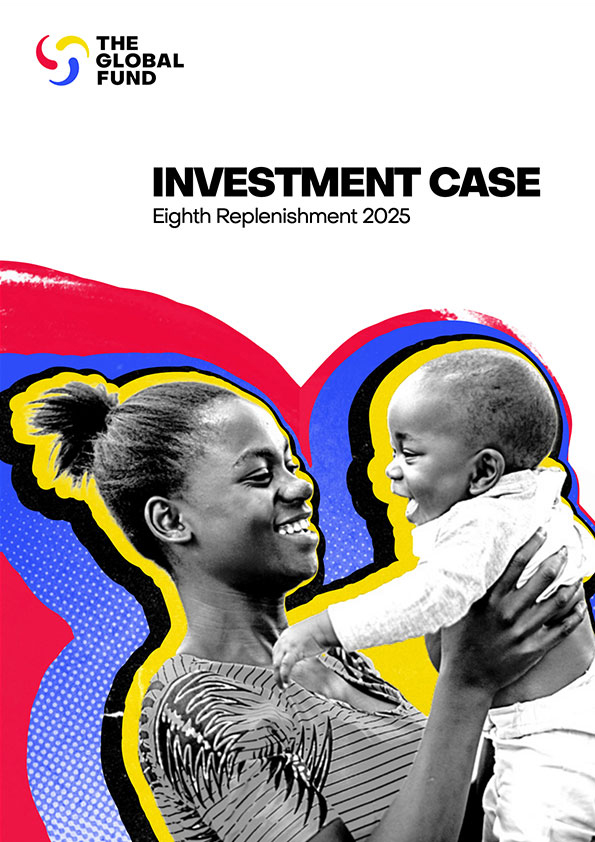New Tools and Increased Funds Will Beat Malaria, Say Global Leaders
17 November 2004
ARUSHA, Tanzania – New technologies for malaria prevention and treatment, combined with an increase in available funding, are fuelling optimism in the fight against malaria.
Global leaders gathered in Arusha for the launch of the Olyset® Net at A to Z Textile Mills—the first factory in Africa to produce this long-lasting insecticidal mosquito net—agreed that conditions were right for a massive scale-up in the battle against the disease, which claims more than a million lives each year and hampers development, especially in Africa.
The President of the United Republic of Tanzania, Benjamin W. Mkapa, delivered a message of hope to a group of dignitaries including US Secretary of Health and Human Services Tommy Thompson, Roll Back Malaria Partnership Executive Secretary Awa Marie Coll-Seck, and Global Fund to Fight AIDS, Tuberculosis and Malaria Executive Director Richard Feachem, as well as representatives of the Roll Back Malaria partners who had made the A to Z technology transfer possible.
"Long-lasting insecticidal nets are Africa's best hope for preventing malaria, and we are very proud that Tanzania is the home of Africa's first manufacturer of these nets," said President Mkapa. "We hope that this shining example of technology transfer and strengthening of local industry will serve as a model for similar efforts, making the nets more affordable and available to the millions of Africans who need them."
The technology for long-lasting insecticidal nets, which embed insecticide within the net’s very fibres and therefore retain their efficacy for up to five years without retreatment, was transferred to Tanzania last year in a groundbreaking collaboration between private and public sector players including the Acumen Fund, Sumitomo Chemical, the World Health Organization, UNICEF, ExxonMobil, and Population Services International. A to Z Textiles now produces nearly half a million of these new nets each year and hopes to ramp up production to pass the one-million mark in 2005.
The latest generation of highly effective malaria treatments known as artemisinin-based combination therapy (ACT) offer a cure that so far has met only minimal resistance from the malaria parasite.
Derived from the Artemisia annua (sweet wormwood) plant traditionally used to treat malaria in China, these medicines have become the drug of choice for more than 40 countries (20 of them in Africa), and demand for them has increased rapidly.
The factory visit took place in the context of the 9th board meeting of the Global Fund, which is being held in Arusha from 17-19 November. “The Global Fund has committed nearly $1 billion over the coming two years and expects to scale up malaria funding substantially,” said Global Fund Executive Director Feachem. "These funds will be used by countries to purchase both preventive and curative tools—including long-lasting nets, artemisinin-based combination therapy, and insecticide spraying where suitable—for maximum impact against malaria." The Global Fund is also working with Roll Back Malaria partners to provide the financial incentives that will bring a new malaria vaccine to the market.
"This is a new era for malaria control," declared the Roll Back Malaria Partnership's Executive Secretary Coll-Seck. "Demand for this latest generation of effective malaria-control tools is increasing rapidly, and so is funding. If we can replicate the success of A to Z to ensure an adequate supply of long-lasting insecticidal nets, and work with pharmaceutical companies to ensure ACT supplies, we will demonstrate the true power of public-private partnerships by dramatically reducing malaria deaths."

